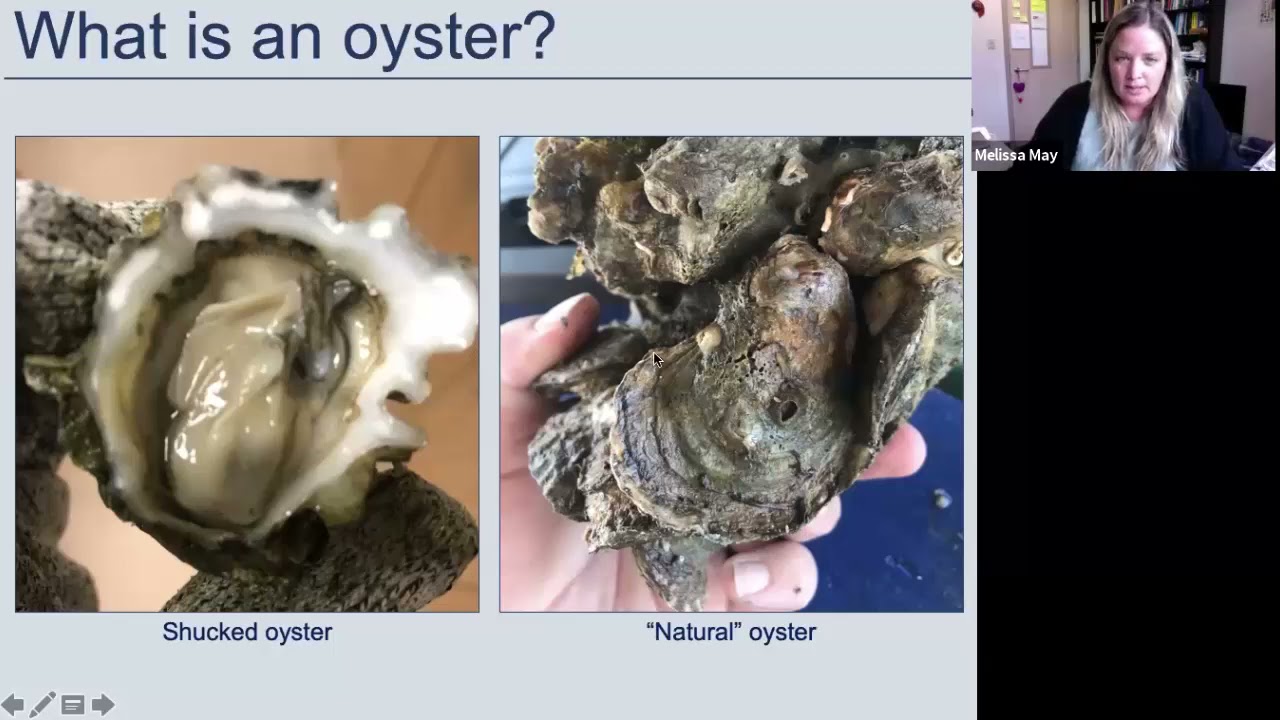Summary:
– Oysters are vital members of coastal water ecosystems and serve as water quality indicators.
– Dr. Melissa May leads Florida Gulf Coast University’s oyster monitoring research program in Estero Bay.
– Oysters are crucial in filtering water and providing habitats for other marine animals.
– Various factors, including freshwater releases from Lake Okeechobee, threaten the health of oysters and mollusks in Southwest Florida.
– Dr. May’s new research program in Estero Bay focuses on studying these threats and finding solutions.
When we think of the ocean, we often picture majestic creatures like dolphins or colorful coral reefs. While these are undoubtedly fascinating, there is another organism silently playing a crucial role in maintaining the health of our coastal water ecosystems – oysters. These unassuming mollusks, led by the knowledgeable Dr. Melissa May of Florida Gulf Coast University, serve as a crystal ball for water quality in Southwest Florida.
Oysters are more than just seafood delicacies or items found on restaurant menus. These shelled animals are vital indicators of the overall health of our estuarine ecosystems. As filter feeders, oysters can clean large volumes of water by passively filtering out suspended particles and excess nutrients. Doing so helps maintain the delicate balance of our coastal environments.
Dr. May’s oyster monitoring research program in Estero Bay sheds light on the various threats these noble mollusks face. One of the significant challenges is the freshwater release from Lake Okeechobee. While necessary to manage water levels, these releases can disrupt the salinity balance and negatively impact oysters and other marine life.
The research program focuses on understanding the stressors that impact oysters and mollusks in Southwest Florida. Through meticulous monitoring and data collection, Dr. May and her team aim to identify the warning signs and develop effective strategies to mitigate these threats.
With its diverse estuarine ecosystem, Estero Bay provides the perfect backdrop for this research. The bay is home to many marine organisms, including oysters, who survive in this unique environment. By studying the health of oysters in Estero Bay, researchers can gain valuable insights into the overall water quality in the region.
What makes oysters particularly fascinating is their ability to build reefs. These intricate structures serve as crucial habitats for a multitude of marine organisms. From small fish to crustaceans, countless creatures find refuge and sustenance within the nooks and crannies of oyster reefs. By preserving and restoring these reefs, we ensure the survival of an entire ecosystem.
Dr. May’s research program focuses on the threats oysters face and explores solutions to safeguard their future. Through collaboration with local communities and agencies, she aims to raise awareness about oysters’ critical role in maintaining water quality. By engaging stakeholders and educating the public, she hopes to inspire action and foster a sense of stewardship towards these remarkable creatures.
In addition to the research program, efforts are being made to restore and enhance oyster populations in Southwest Florida. Oyster habitat restoration projects aim to create new reefs and boost existing ones. These initiatives involve strategically placing oyster shells or other suitable substrates to provide a substrate for oyster larvae to attach and grow. The restoration of oyster reefs not only benefits the health of the water but also provides economic and recreational opportunities for local communities.
What can we, as individuals, do to support the health of oysters and our coastal water ecosystems? One simple action is to be mindful of our everyday activities and their potential impact on water quality. Proper waste disposal, responsible use of fertilizers, and reducing single-use plastics can all contribute to a healthier environment for oysters and other marine life.
By recognizing the invaluable role of oysters as indicators of water quality, we gain a deeper understanding of the intricate web of life in our coastal ecosystems. Dr. Melissa May’s research program provides hope for safeguarding the future of oysters in Southwest Florida. Through her dedication and commitment, she shines a light on the challenges faced by these mollusks while inspiring us all to take action.
So, the next time you walk along the shores of Estero Bay or enjoy a plate of delicious oysters, remember that these unassuming creatures are so much more than meets the eye. They are the crystal ball that reflects the health of our water and the guardians of our coastal ecosystems. Let’s join Dr. May and her team in their quest to protect these wonderful creatures and ensure our oceans’ vibrant and thriving future.
*****
Source Description
By Melissa A. May, Ph.D., Assistant Professor of Marine Biology, Florida Gulf Coast University
“Oysters: A Crystal Ball for Water Quality in Southwest Florida”: Dr. Melissa May leads Florida Gulf Coast University’s oyster monitoring research program in Estero Bay. Oysters are mollusks and essential members of coastal water ecosystems. These shelled animals play an important role in water health, and their reefs provide homes and food for other marine animals. They act as indicators for declines in water quality or other stressors imposed on estuarine ecosystems and help to clean the water by filtering large volumes of water through their shells. Dr. May’s talk will focus on the threats to the health of oysters and other mollusks in Southwest Florida (besides freshwater releases from Lake Okeechobee), emphasizing her new research program in Estero Bay.

